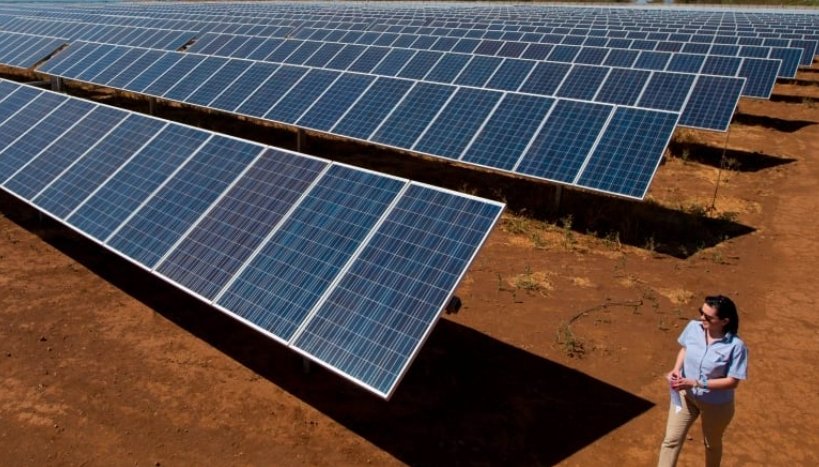The COP28 climate change summit in Dubai has been widely criticized for its lack of ambition and action, as the world remains far from meeting the goals of the Paris agreement. However, some experts and commentators have argued that there is still hope for the planet, and it might come from an unexpected source: the hard-headed capitalists who are investing in green technologies and solutions.
The failure of COP28
The COP28 summit, which ended on Tuesday, was supposed to be a crucial moment for the global community to ramp up its efforts to tackle the climate crisis and limit the global temperature rise to 1.5 degrees Celsius above pre-industrial levels. However, the summit was marred by controversies, delays, and disappointments, as many countries failed to deliver on their promises and commitments.
Some of the major issues that hampered the progress of the summit were:
- The presence and influence of fossil fuel lobbyists and representatives, who outnumbered all but one of the national delegations and pushed for non-solutions such as carbon capture and storage.
- The appointment of Sultan Al Jaber, the chief executive of the United Arab Emirates’ state oil company, as the president of COP28, who was accused of using the summit as a platform to sell his company’s products and downplay the urgency of the climate crisis.
- The lack of financial support and solidarity for the most vulnerable and affected countries, especially the small island states and the least developed countries, who demanded more assistance and compensation for the loss and damage caused by climate impacts.
- The resistance and reluctance of some of the major emitters, such as China, India, and Russia, to increase their ambition and action, and to cooperate with other countries on key issues such as methane emissions and coal phase-out.
As a result, the summit failed to produce a strong and coherent outcome that would put the world on track to achieve the Paris goals. Instead, it produced a weak and vague document that left many loopholes and gaps for further negotiations and revisions.
The role of market forces
Despite the dismal outcome of COP28, some experts and commentators have suggested that there is still hope for the planet, and it might come from an unlikely source: the market forces that are driving the transition to a green economy. They argue that the hard-headed capitalists who are investing in renewable energy, electric vehicles, clean technologies, and climate solutions are the ones who could save the world from the worst effects of global warming.

Some of the reasons why market forces could be the unlikely saviors of the climate crisis are:
- The rapid decline in the cost and increase in the efficiency of renewable energy sources, such as solar and wind, which have made them more competitive and attractive than fossil fuels in many markets and regions.
- The growing demand and innovation in the electric vehicle sector, which has seen a surge in sales and production, as well as the development of new models and features, such as battery storage, charging infrastructure, and autonomous driving.
- The emergence and expansion of new industries and sectors, such as green hydrogen, carbon removal, and circular economy, which offer new opportunities and benefits for businesses and consumers, as well as for the environment and society.
- The increasing awareness and pressure from the public, especially the youth and civil society movements, who are demanding more action and accountability from governments and corporations, and who are also changing their consumption and lifestyle patterns to reduce their environmental footprint.
- The rising risks and costs of climate impacts, such as extreme weather events, sea level rise, biodiversity loss, and health problems, which are affecting the profitability and sustainability of many businesses and sectors, and which are forcing them to adapt and mitigate.
These market forces, according to some experts and commentators, could create a positive feedback loop that would accelerate the transition to a green economy and decouple economic growth from greenhouse gas emissions. They could also create a momentum and a leverage that would influence and pressure the political leaders and policymakers to follow suit and align their policies and regulations with the market trends and the climate goals.
The challenges and limitations
However, relying on market forces alone to solve the climate crisis is not without its challenges and limitations. Some of the potential pitfalls and drawbacks of this approach are:
- The uneven and unequal distribution of the benefits and costs of the green transition, which could create winners and losers, and exacerbate the existing inequalities and injustices within and between countries and regions.
- The possibility of greenwashing and false solutions, which could undermine the credibility and effectiveness of the green transition, and which could be used by some actors to avoid or delay their responsibility and action.
- The uncertainty and volatility of the market dynamics, which could be affected by external factors, such as geopolitics, trade wars, pandemics, and social unrest, and which could disrupt or derail the green transition.
- The insufficiency and inadequacy of the market forces to address the root causes and the systemic aspects of the climate crisis, which require more fundamental and transformative changes in the values, norms, and institutions of the society.
Therefore, while market forces could play a significant and positive role in the fight against the climate crisis, they cannot and should not be the only or the main solution. They need to be complemented and supported by other factors, such as political will, social mobilization, scientific innovation, and moral leadership, to ensure a just and fair transition to a green economy that works for everyone and for the planet.


















